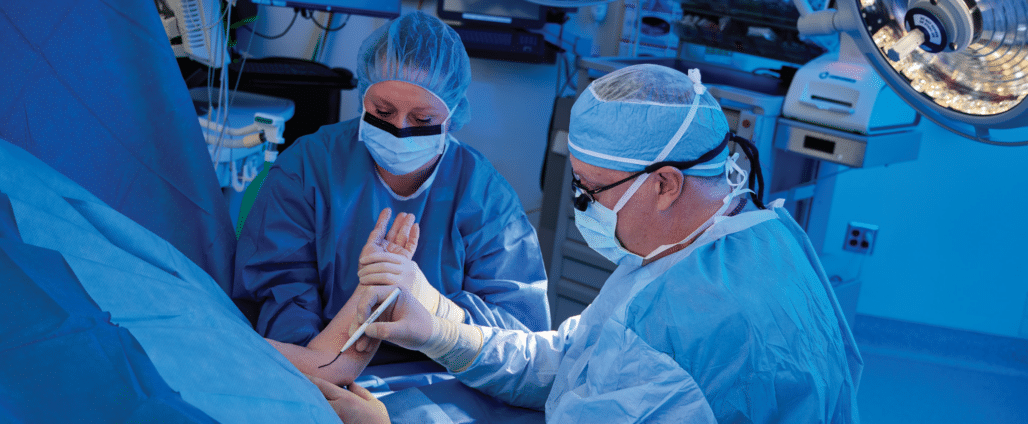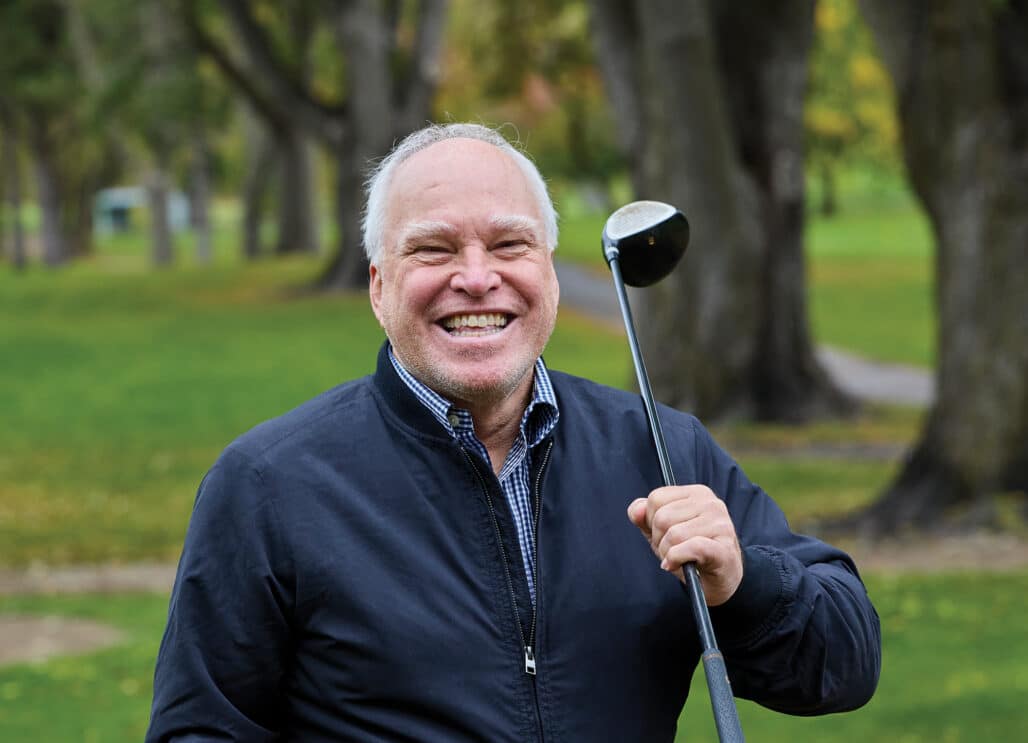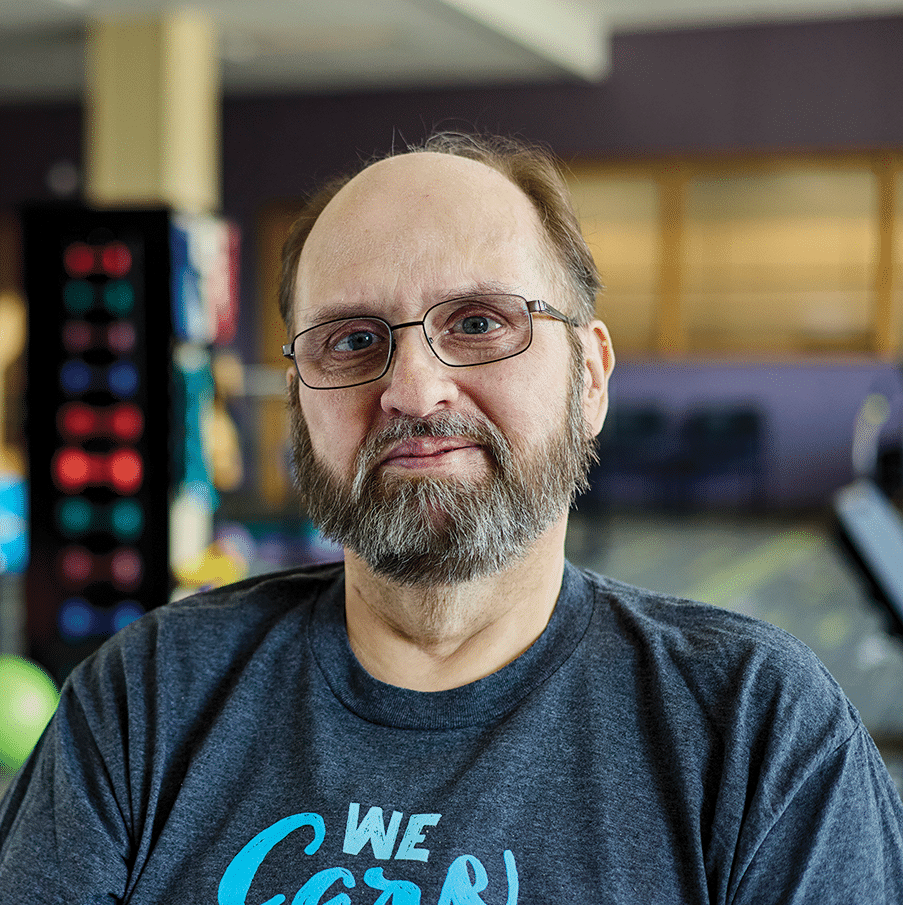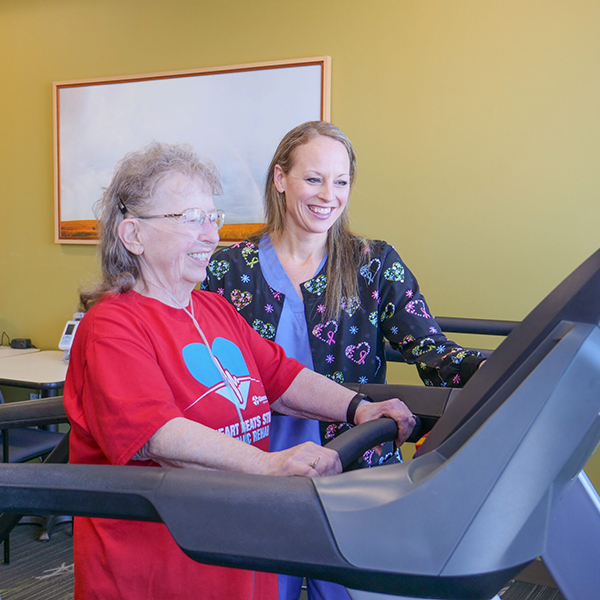Swallowing disorders can:
- Result in poor nutrition or dehydration
- Increase the risk of inhaling food or drink, which can lead to pneumonia or chronic lung disease
- Reduce personal enjoyment of eating and drinking
- Contribute to embarrassment or isolation in social situations that involve eating or drinking
What are the signs and symptoms of a swallowing disorder?
General signs include:
- Coughing during or immediately after eating or drinking
- A wet or gurgling quality to the voice during or immediately after eating or drinking
- Extra effort or time is required to chew and/or swallow
- Food or liquid leaks from the mouth or gets stuck in the mouth or upper throat
- Recurring chest congestion or pneumonia
- Weight loss or dehydration
Who can you see for diagnosis and treatment?
At Glencoe Regional Health, providers in our family medicine, internal medicine, neurology, oncology, otolaryngology (ENT), and pediatrics departments can provide diagnosis and treatment for conditions that result in swallowing difficulties, or refer you to another medical professional as your condition requires. Any of these providers can refer you to our certified speech-language pathologist at Glencoe Regional Health for a swallow evaluation and/or therapy.
How can therapy help?
Overall goals for swallow therapy are to prevent disability, reduce pain, and improve the patient’s ability to swallow. Specific goals will be tailored to the patient’s symptoms and underlying medical diagnosis.
What can you expect during evaluation and treatment?
At the first visit, the therapist will take a careful history of medical conditions and symptoms, evaluate the strength and movement of muscles involved in swallowing, observe posture, behavior and oral movements during eating and drinking to better understand your condition and its impact on your life. The therapist will also determine if you would benefit from a special test called a video fluoroscopic study (VFSS). During a video fluoroscopic study, you will eat food and/or drink liquid mixed with barium so that your swallowing process can be viewed on an x-ray.
Once the assessment and testing process is complete, your therapist will create an individualized treatment plan. She will discuss the treatment plan with you, including the number of treatment sessions and activities that will be included in future therapy sessions to reach your treatment goals.
Speech-language pathologists use a number of different treatment approaches involving exercises to improve muscle movement during the swallowing process, positioning or other strategies to help you swallow more effectively, and recommending food and liquid textures that will be easier and safer for you to swallow.
Swallow Therapy Service Area
Our primary service area is McLeod County, Minnesota including: Biscay, Brownton, Glencoe, Hutchinson, Lester Prairie, Plato, Silver Lake, Stewart, and Winsted. We also service parts of Sibley County, including: Arlington, Gaylord, Green Isle, New Auburn, and Winthrop, as well as the western part of Carver County, including: Hamburg, Norwood, and Young America, and part of Renville County, including: Buffalo Lake.











